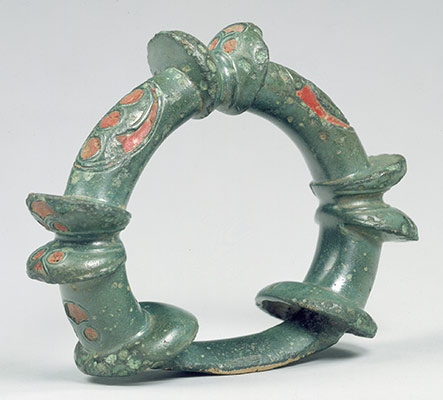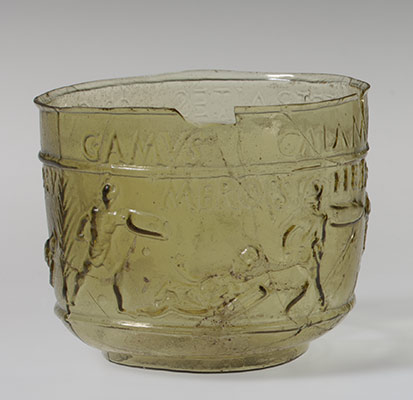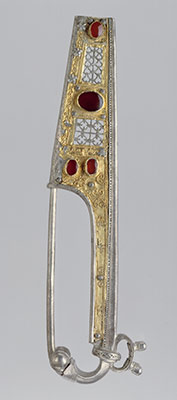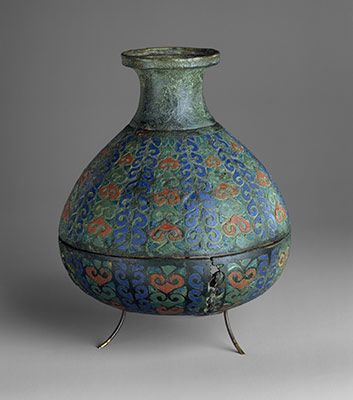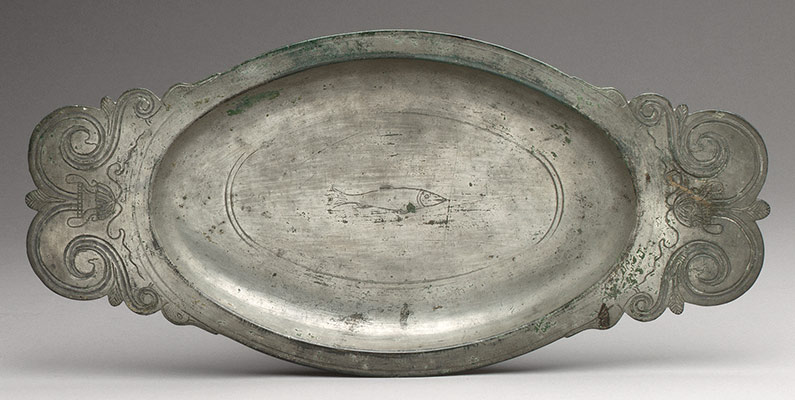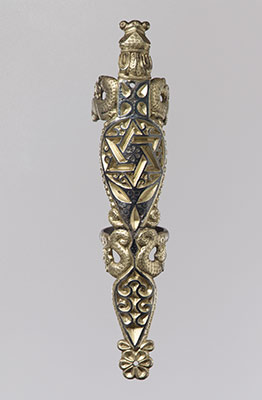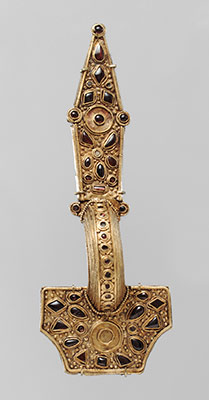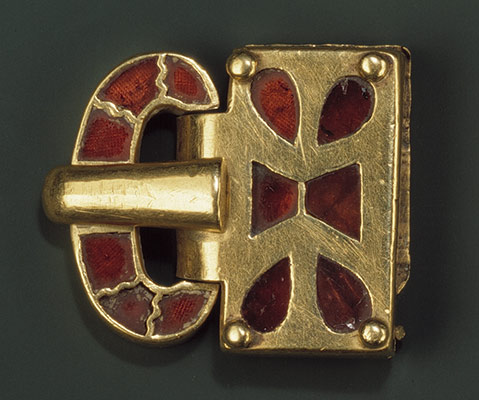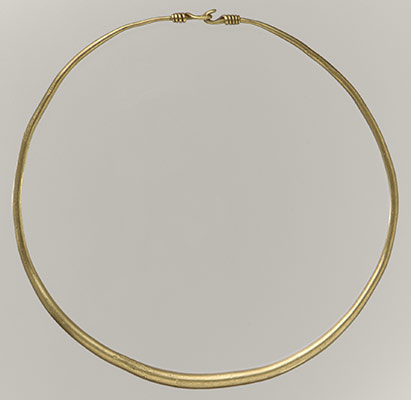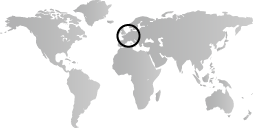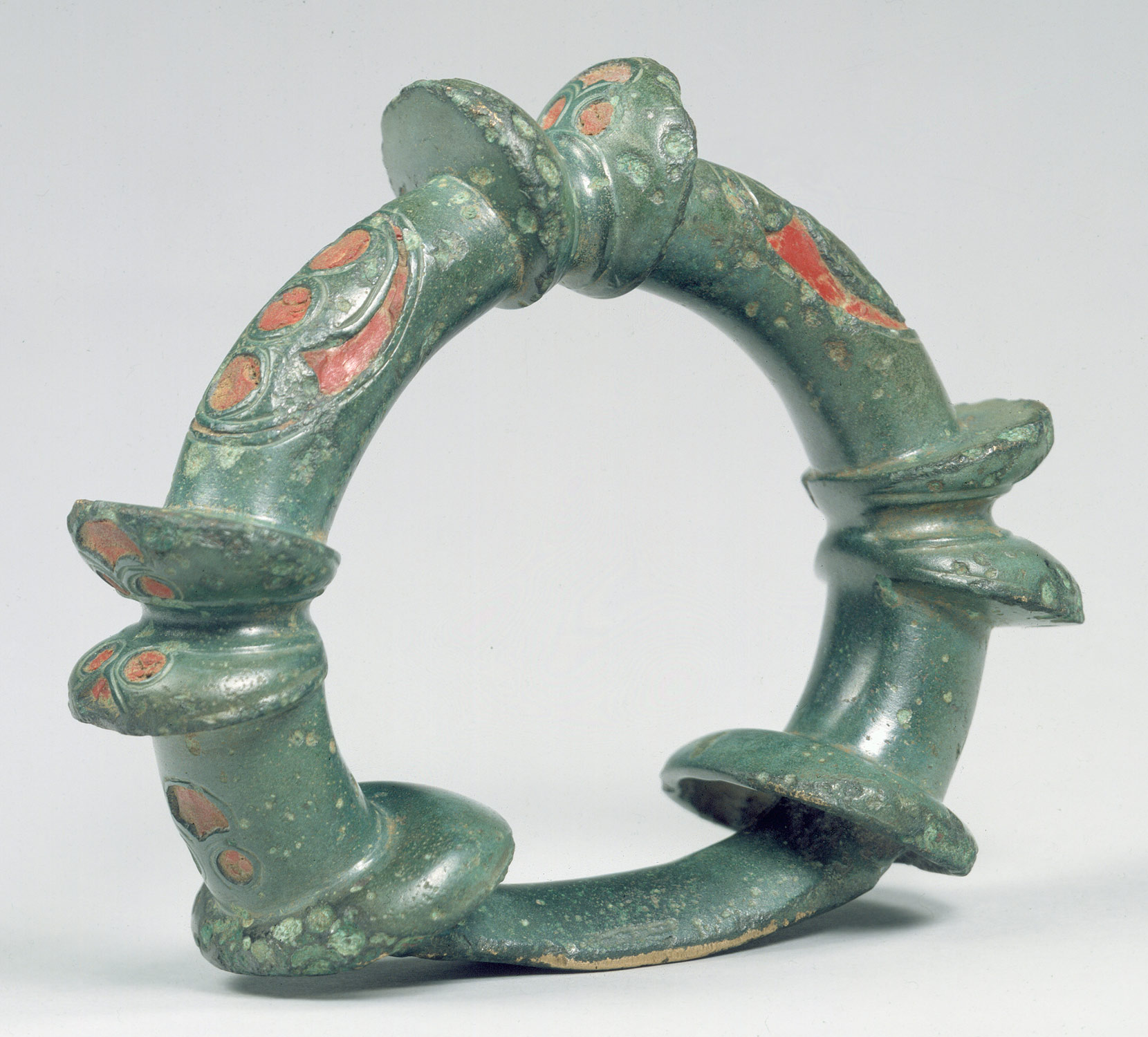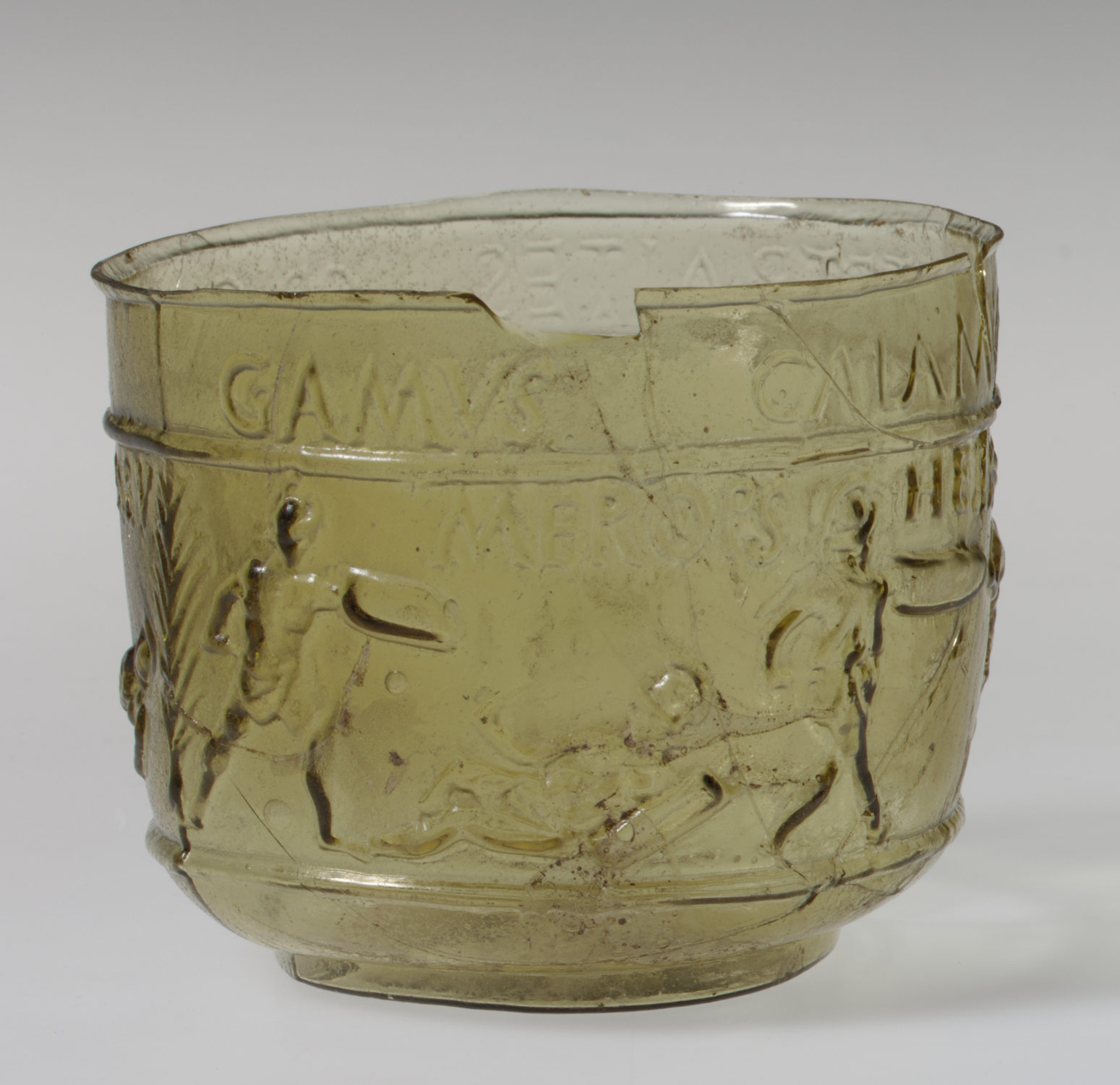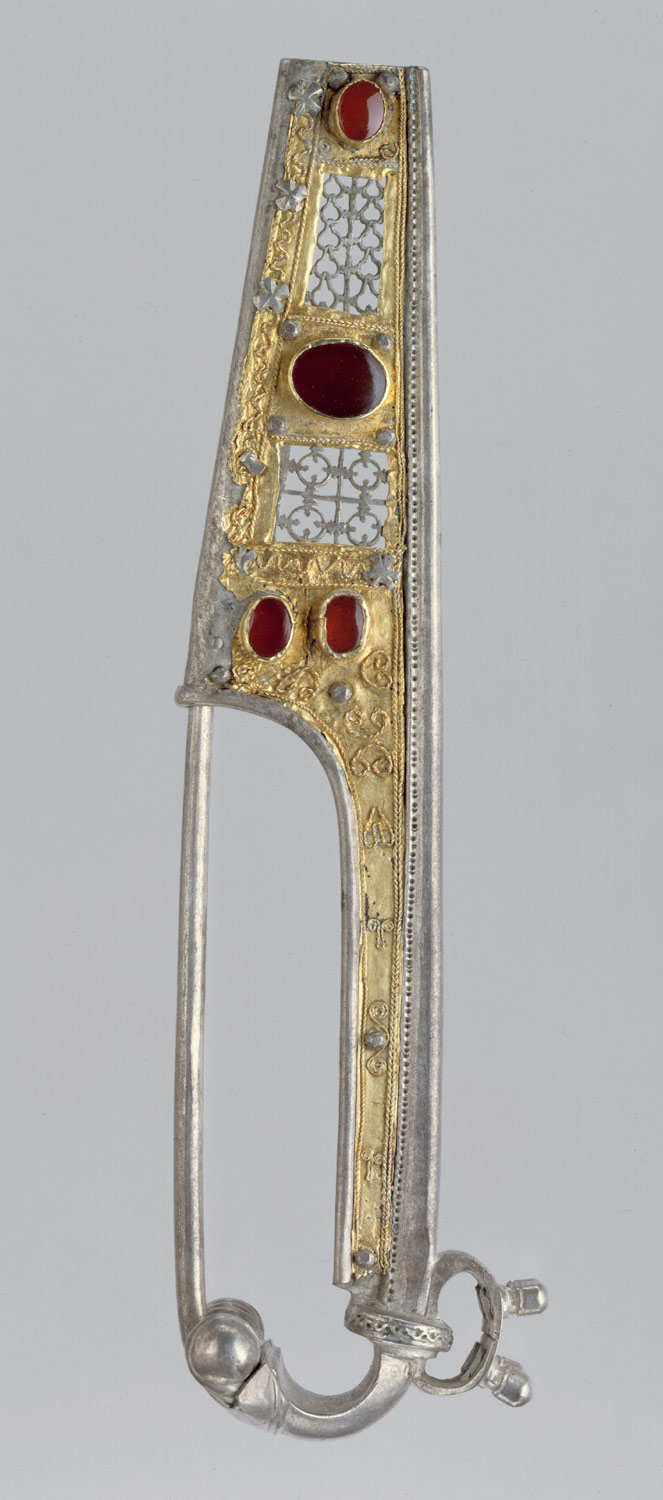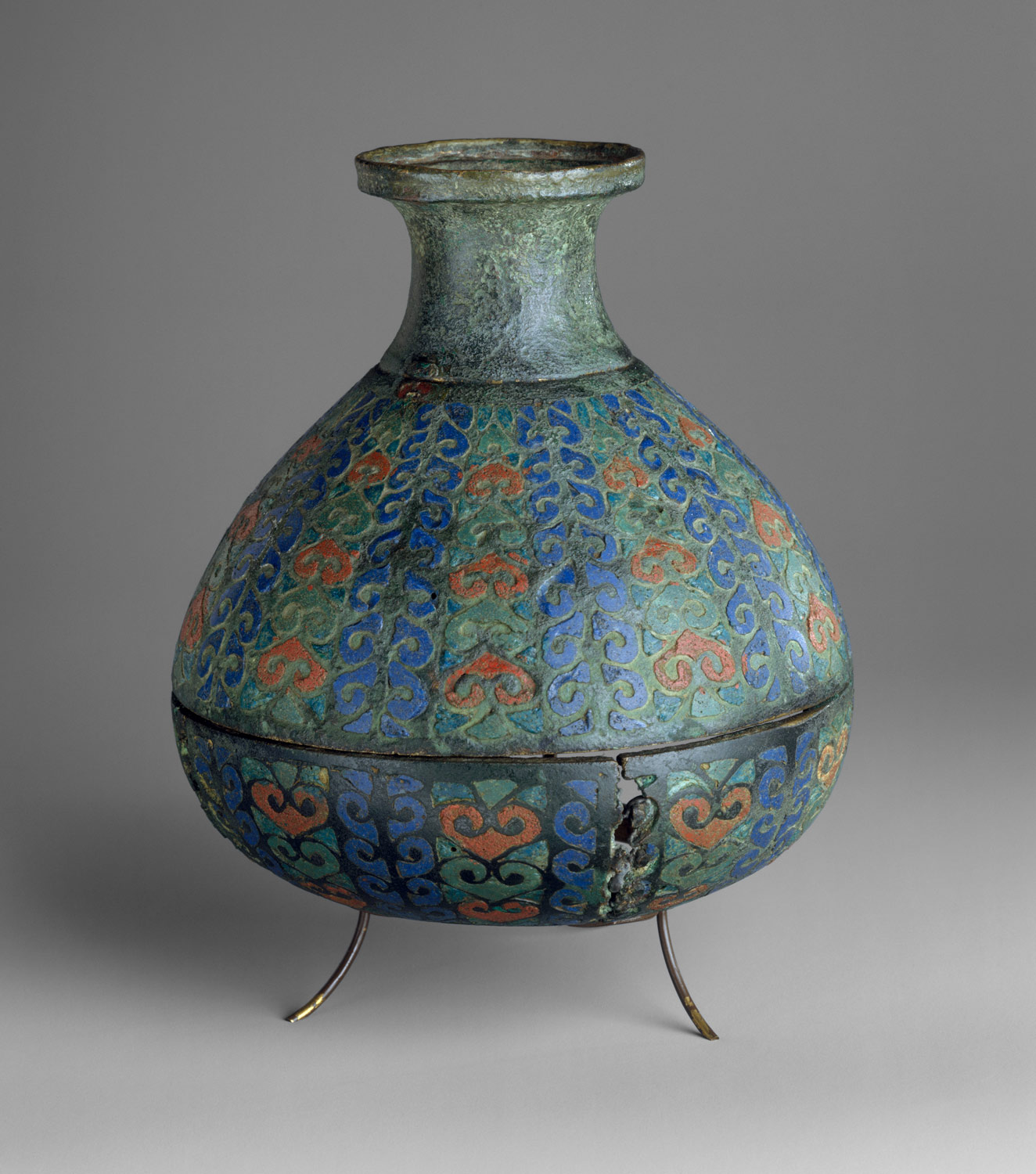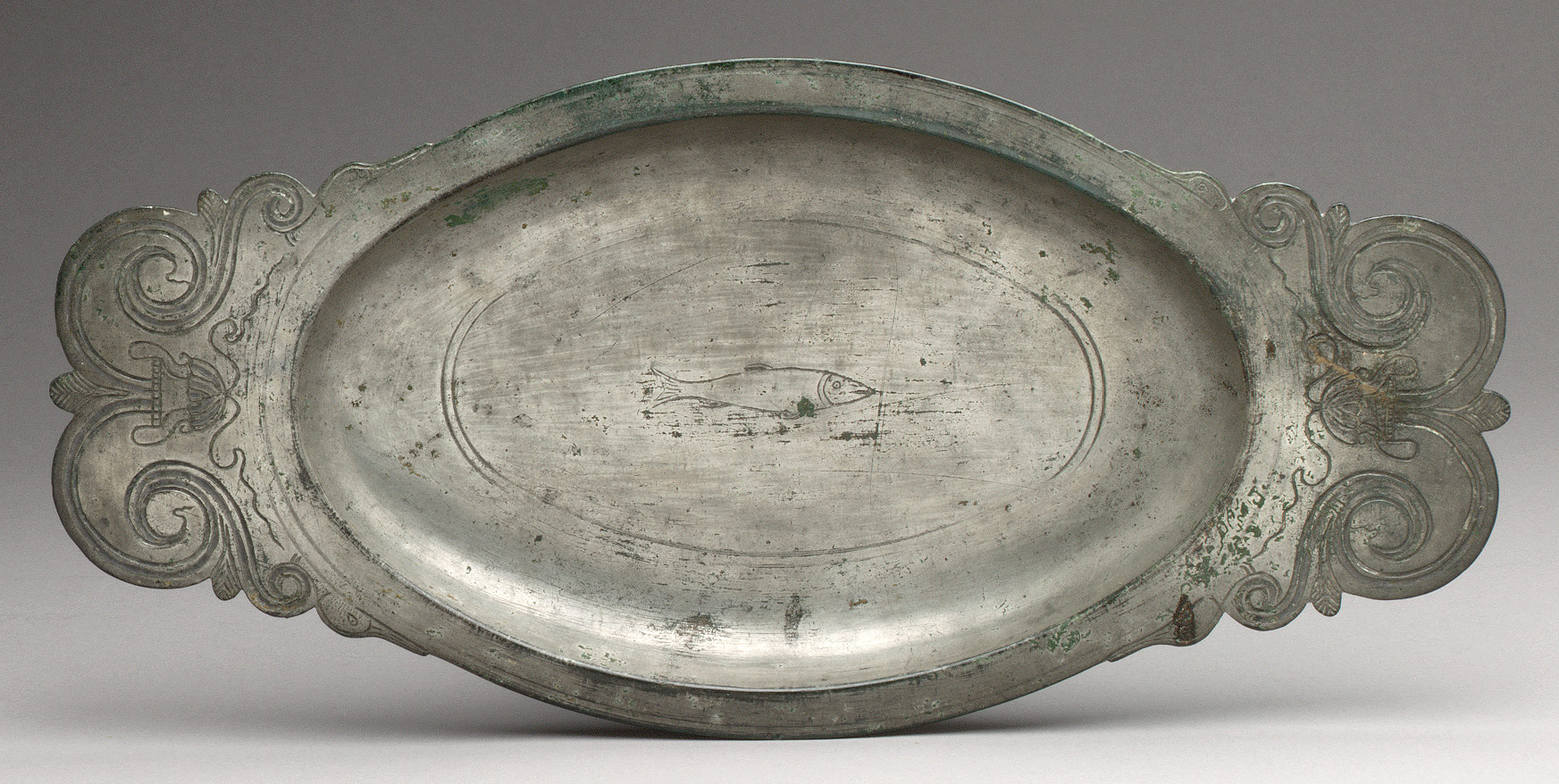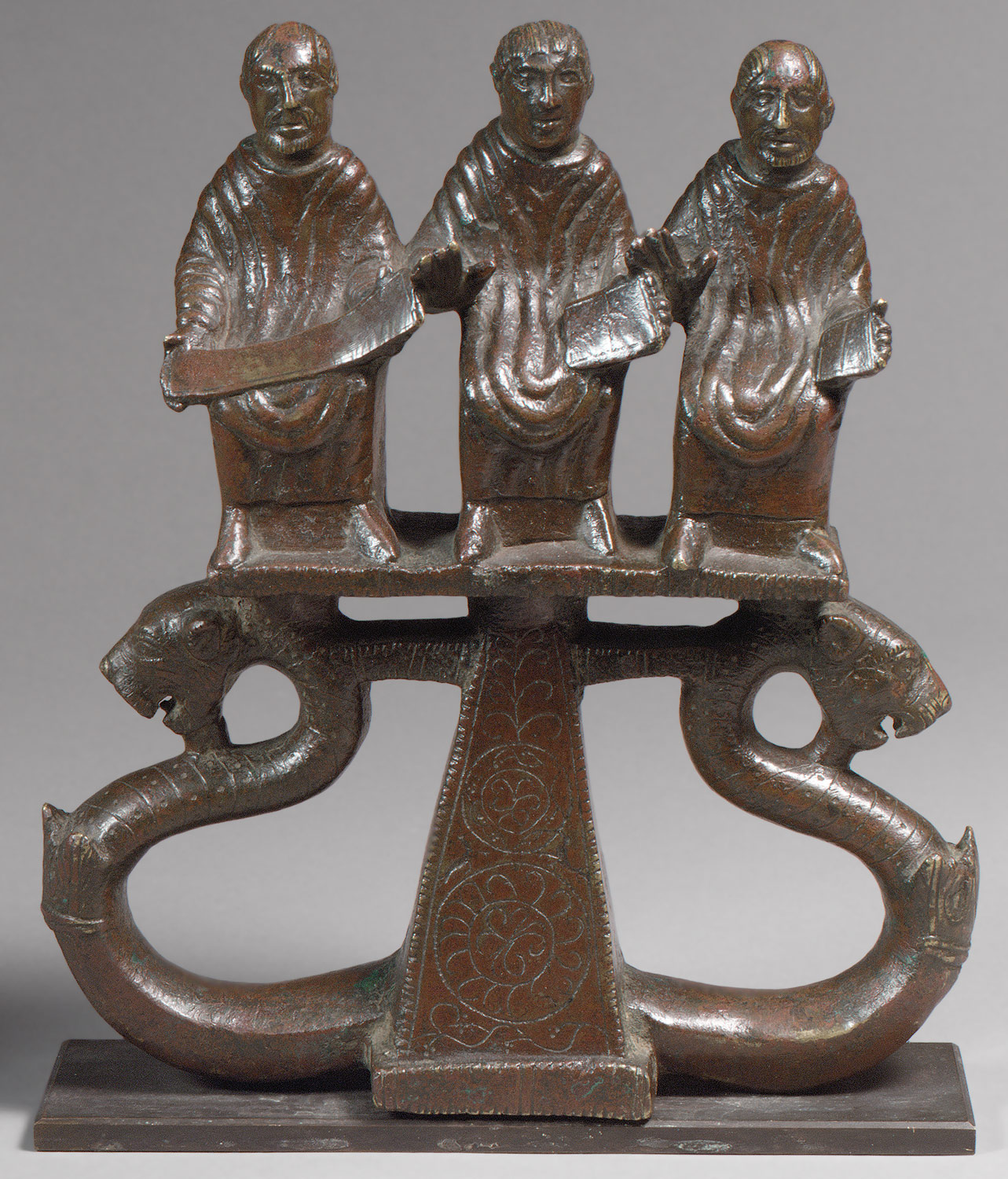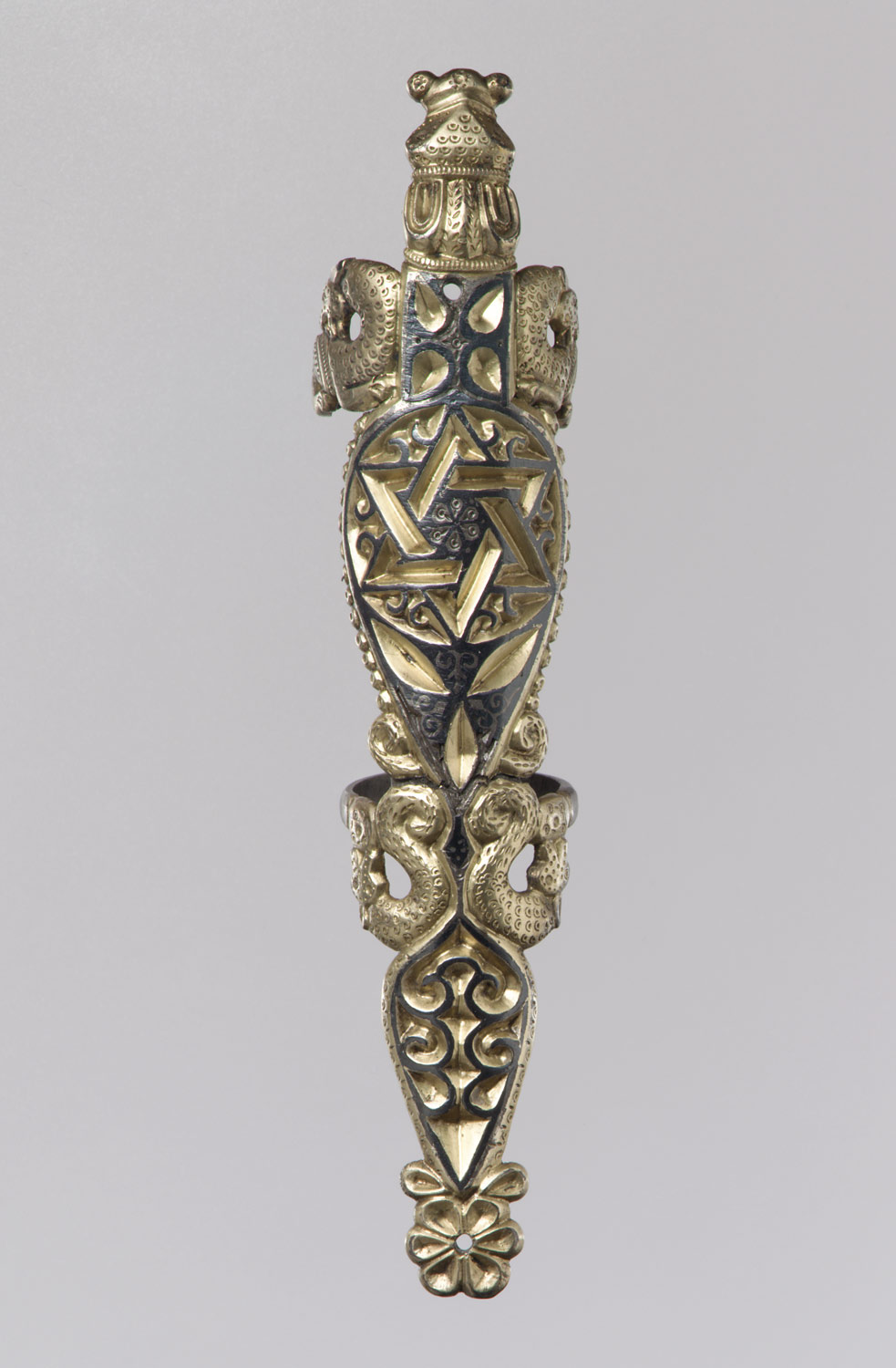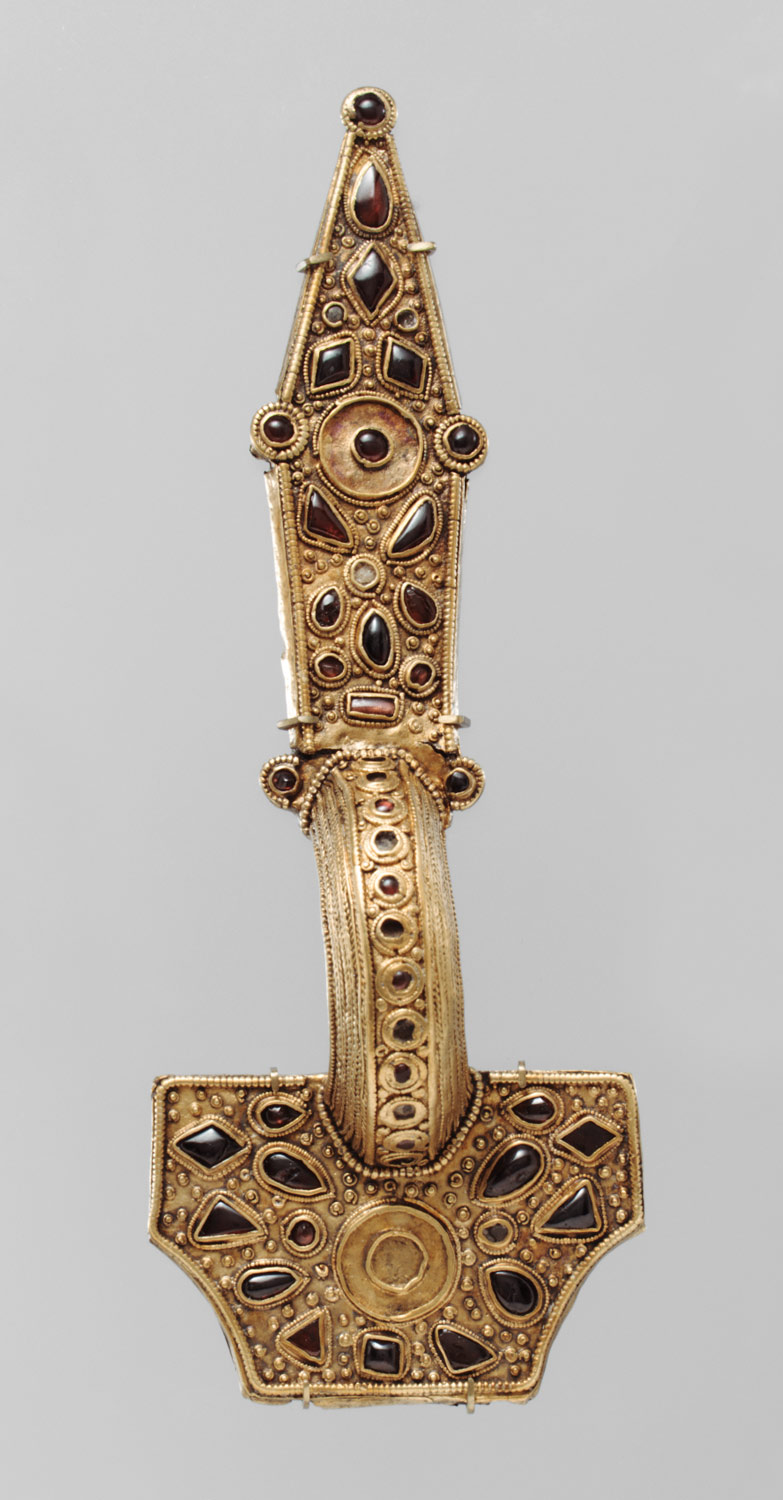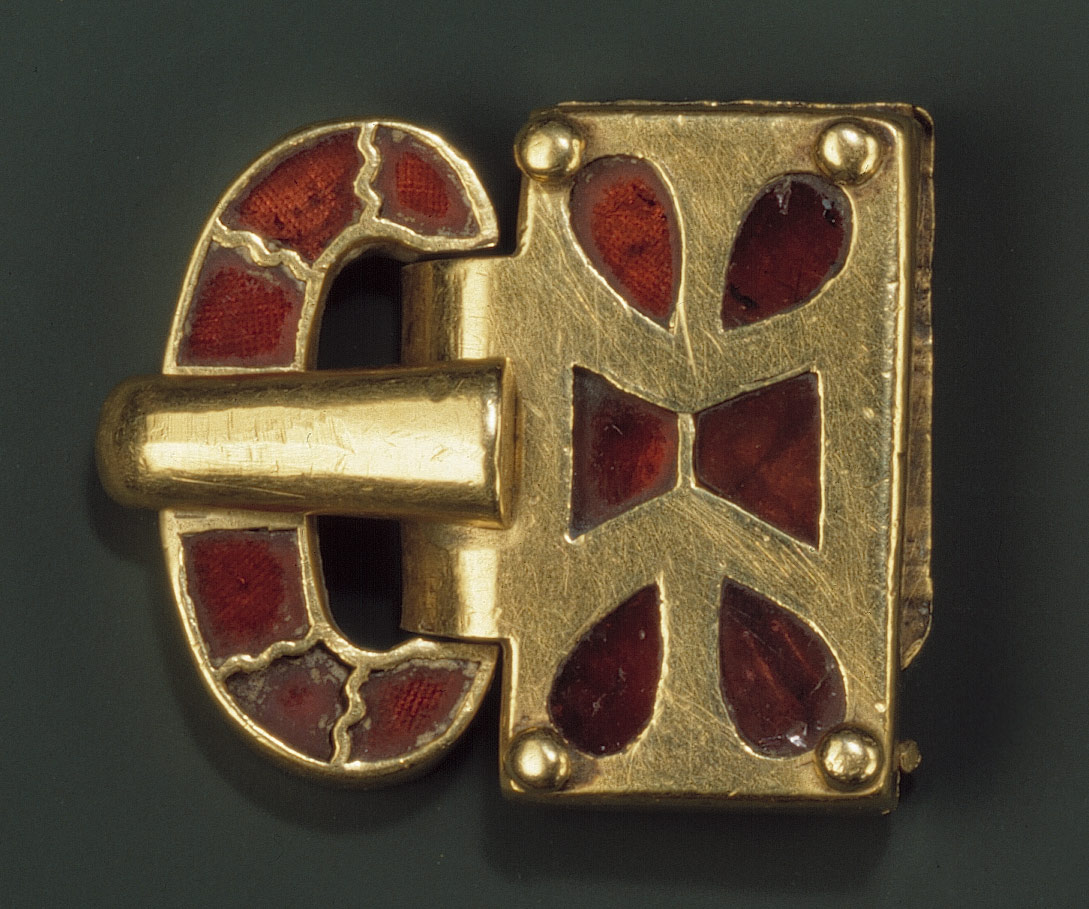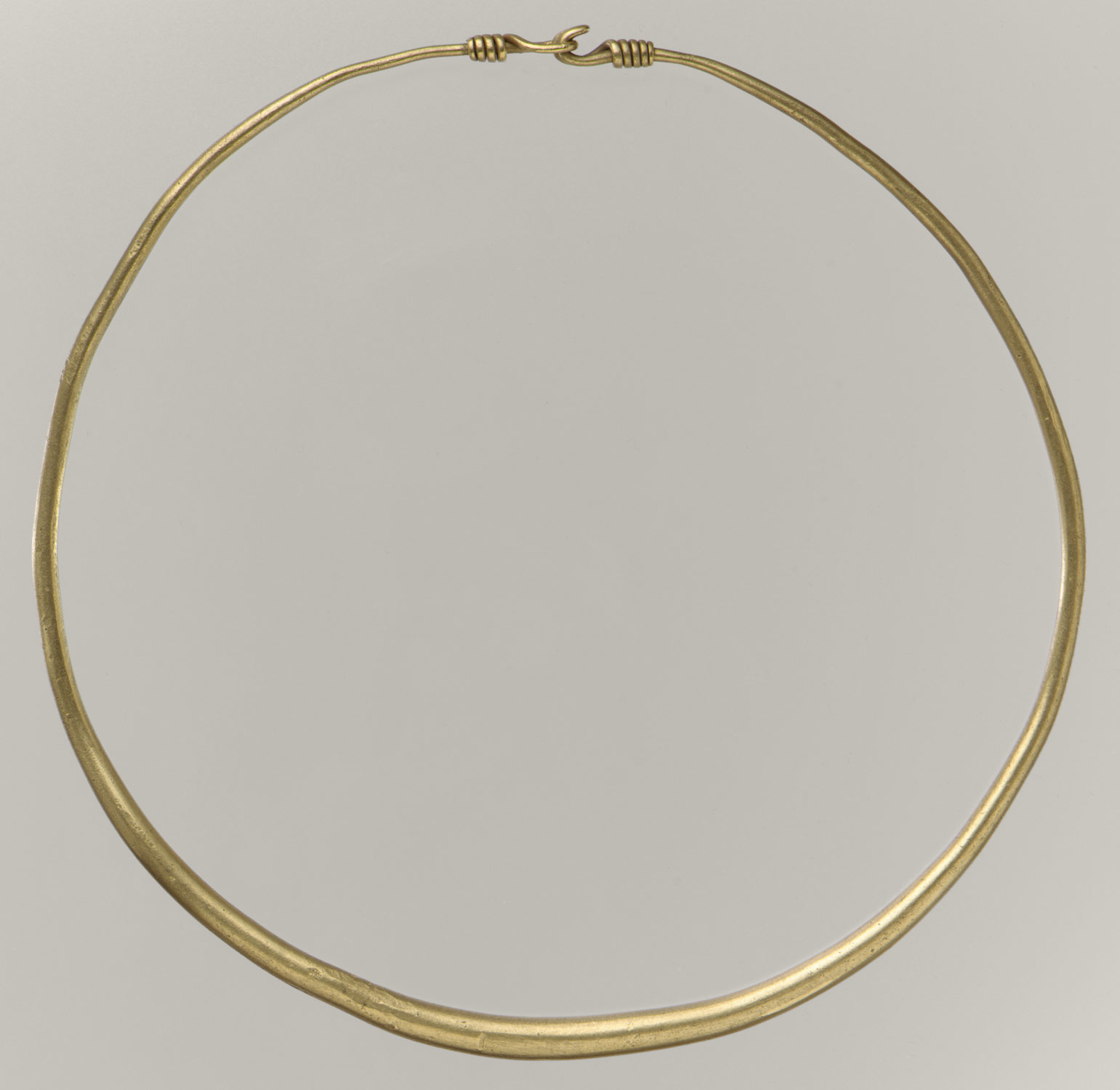Between 1 and 500, much of the territory of western and central Europe is subject to Roman rule, and lands outside Roman dominion are still influenced by Roman goods and practices. In the early part of the period, the stability of the empire encourages stability on its borders. The subsequent weakening of Roman power allows neighboring Franks, Goths, and other tribal groups to settle and ultimately control the empire’s western provinces.
Western and Central Europe, 1–500 A.D.
Timeline
1 A.D.
125 A.D.
125 A.D.
250 A.D.
250 A.D.
375 A.D.
375 A.D.
500 A.D.
Overview
Key Events
-
43 A.D.
The Roman conquest of Britain begins. Roman culture becomes well established among the Britons. In the 130s A.D., Emperor Hadrian builds a wall many miles long across the Northumbrian hills, marking the northwestern limit of the Roman empire.
-
60s A.D.
Germanic peoples, whom the Romans call barbarians, revolt against Roman rule. Queen Boadicea leads one uprising in Britain in 61 A.D., and Claudius Civilis another in the present-day Netherlands in 69 A.D.
-
ca. 100 A.D.
The Romans involve local elites in the administration of provincial centers, including public works and cultural life. Marketplaces, public squares (fora), civic buildings, temples, theaters, bath complexes, and triumphal arches adorn the cities of the provinces; Roman roads speed transportation, and aqueducts supply water. Local people adopt Roman culture in all its forms, including dress, religion, artistic style, and the Latin language.
-
ca. 160–180 A.D.
Conflict between Roman armies and Germanic tribes on the borders of the empire increases, notably in Dacia, in present-day Romania. There, the emperor Marcus Aurelius leads the Roman army into the great Marcomannic Wars against the Marcomanni and the Quadi.
-
ca. 240–280 A.D.
The Roman empire is regularly attacked by Germanic peoples such as the Goths on the Danube and the Alemans and Franks on the Rhine. This insecurity leads to a succession of soldier-emperors who rule for only a few years before being overthrown by a competitor.
-
345 A.D.
The missionary Ulfilas converts the Goths to Arian Christianity, a heretical teaching that views Christ as less divine than the Father. From the Goths this belief spreads to other Germanic tribes.
-
4th century A.D.
Internal conflict and ongoing pressure on the borders of the Roman empire lead to the incorporation of barbarian leaders and their followers into the Roman army.
-
ca. 400 A.D.
Mass migrations of Germanic tribes north of the Roman empire disrupt the rhythm of life in the provinces and create widespread disorder. In the face of uncertainty and chaos, patrons lose interest in civic building efforts and other architectural endeavors. Artists invest time and precious materials in small, portable works.
-
ca. 430 A.D.
Angles and Saxons, tribes from southern Denmark, raid the east coast of Britain and settle there. The island is divided into two spheres of influence: the west, where a Romanized, Christian culture prevails, and the east, where unlettered pagan Anglo-Saxons predominate.
-
496 A.D.
Clovis I, king of the Salian Franks, converts with all his entourage to Christianity. Various Frankish leaders had headed petty kingdoms in Gaul earlier in the fifth century A.D. Clovis’ early embrace of Roman Christianity and his subsequent military victories earn him wider dominion. When he dies, the Frankish kingdom is among the most powerful in western Europe.
Citation
“Western and Central Europe, 1–500 A.D.” In Heilbrunn Timeline of Art History. New York: The Metropolitan Museum of Art, 2000–. http://www.metmuseum.org/toah/ht/?period=05®ion=euw (October 2000)
Related
Map
Primary Chronology
Secondary Chronology
Lists of Rulers
See also
Keywords
- Aix-en-Provence
- Ancient Roman Art
- Anglo-Saxon Art
- Augsburg
- Austria
- Belgium
- Berlin
- Bohemia
- Celtic Art
- Central Europe
- Düsseldorf
- Europe
- Flanders
- France
- Germany
- Great Britain and Ireland
- Hungary
- Limoges
- London
- Low Countries
- Medieval Art
- The Netherlands
- Nuremberg
- Paris
- Poland
- Prague
- Rome
- Switzerland
- Versailles
- Vienna
- 1st Century A.D.
- 2nd Century A.D.
- 3rd Century A.D.
- 4th Century A.D.
- 5th Century A.D.
